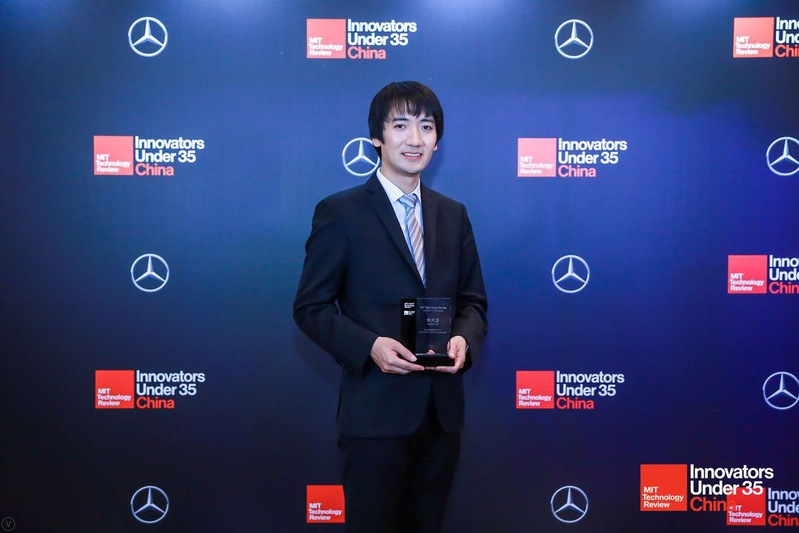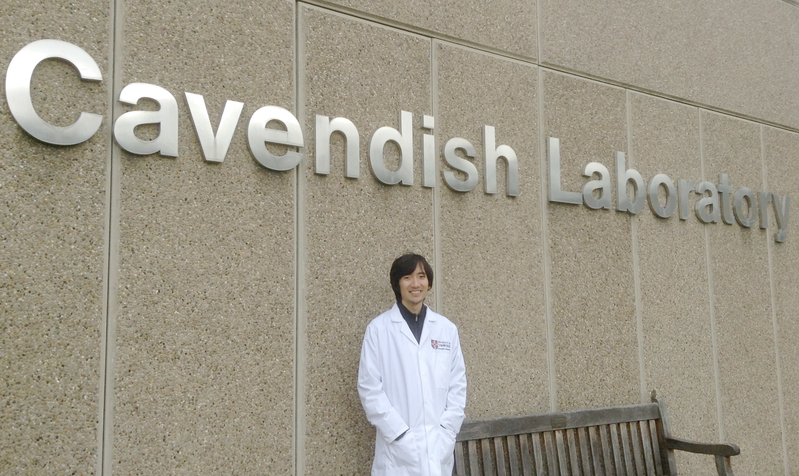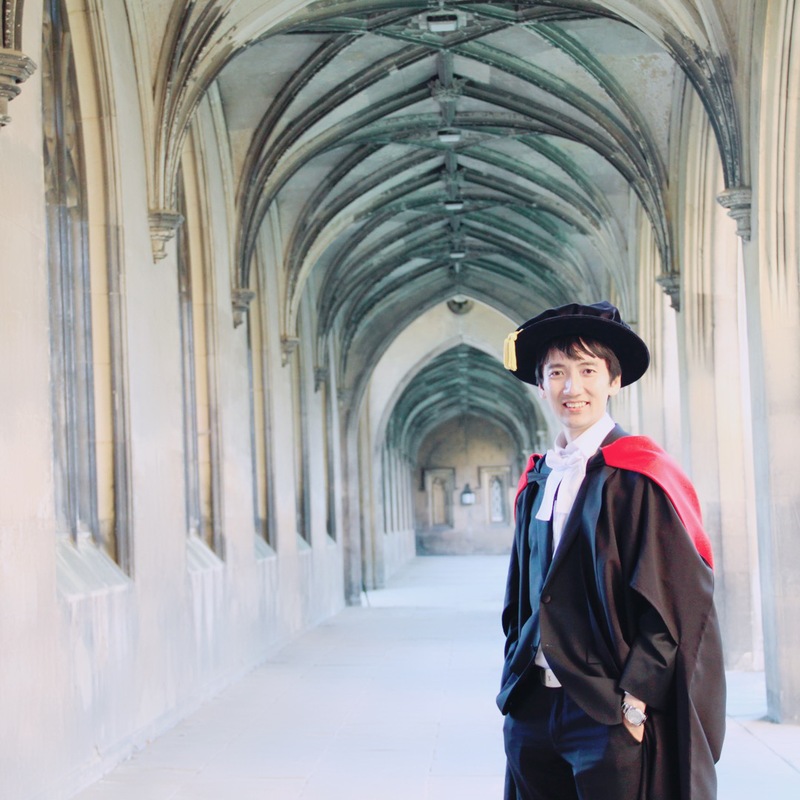Dialogue @ ZJU | With Dr. DI Dawei, honoree of "Innovators Under 35 in China"
Three faculty members of ZJU were listed among the 35 "Innovators Under 35" in China by MIT Technology Review today. Dr. DI Dawei, one of the three honorees and a principal investigator at the College of Optical Science and Engineering, talked with the Global Communications of ZJU about his research and his journey from Sydney to Cambridge, and to Hangzhou.

You were awarded the 2018 Innovators Under 35 in China by MIT Technology Review for your contributions to the research of organic and perovskite light-emitting diodes (LEDs). Could you briefly explain your research area to us?
I am extremely grateful to be one of the 35 recipients of this prestigious award. My main research interests are optoelectronics and the related device physics.
The most representative research topic within these areas is probably organic light-emitting diodes (OLEDs). For OLEDs, the light emission efficiency is determined by the properties of excitons, an important class of particles formed during the operation of the devices. For reasons related to quantum mechanics, most of these excitons cannot emit light, limiting the LED efficiency. Perovskite LEDs is a new research field emerged only a few years ago from Cambridge University’s Cavendish Laboratory, the same place where the first polymer OLED was invented.Similar to OLEDs, the performance of perovskite LEDs is limited by some non-emissive processes. Understanding these issues could help us to create next-generation high-efficiency LEDs at low costs.

Since you belong to the award category of “Pioneers”, what do you think makes your work pioneering?
Before answering this question I would like to thank my PhD and postdoc supervisor at Cambridge, Professor Sir Richard Friend (the Cavendish Professor of Physics and inventor of polymer OLEDs), and my collaborators, Dr. Alex Romanov, Dr. Le Yang, Dr. Baodan Zhao, Dr. Dan Credgington, Prof. Manfred Bochmann and Prof. Mikko Linnolahti, for their important contributions.
In collaboration with these scientists and many others, we tackle some of the key issues in light emission from emerging semiconductor materials. Using a new class of rotatable molecules, carbene-metal-amides (CMAs), we showed that the effective energy gap between the bright and dark excitons can be reduced tozero, so dark excitons can be converted into bright excitons with little energy loss. Such highly desirable condition was not achieved in the past, and it enables solution-processed OLEDs with record-breaking external quantum efficiencies of 27.5%.
For perovskite LEDs, we used a perovskite-polymer structure to eliminate non-emissive energy losses in the active layer and at the interfaces. This led to the demonstration of external quantum efficiencies of over 20%, a record for perovskite LEDs. The internal quantum efficiency was calculated to be close to 100%, showing great potential for perovskite LEDs.

You earned two PhD degrees at the University of New South Wales and University of Cambridge, what drew you back to China and to ZJU?
Home. After spending more than 16 years in Sydney and Cambridge, I felt that I need to spend some time with my parents and grandparents in China. I was born in Hangzhou, an important economic centre where Zhejiang University, “Cambridge of the East”, is located. Two years ago, I had a conversation with Prof. Xiaogang Peng, a leading expert in chemistry and nanotechnology at Zhejiang University. He mentioned that it is a great time to do research in China for young researchers, and encouraged me to apply for the national talent program to start an independent research laboratory at Zhejiang University. At the College of Optical Science and Engineering, I met the former Head of College, Prof. Limin Tong, a respected expert in photonics. That’s why I decided to come here.
Do you have any advice for students who aspire to pursue an academic career?
The only advice I would like to give is that students working in science and engineering should wholeheartedly embrace the research they are doing. Exploring scientific problems and overcoming technological challenges are true sources of joy and excitement. Doing a PhD or master’s degree is very different from completing tasks or answering exam questions. It is a great opportunity for young people to discover new knowledge and change the world.
What’s your vision on what you want to achieve in the future?
I will continue to explore interesting problems in optoelectronics. These include the design of solar cells and LEDs that exceed the conventional efficiency limits, and the realisation of novel light-emitting devices which were not possible in the past.
I am also very glad to be a principal investigator at ZJU, one of the very top universities in China. This position allows me to quickly start a new research laboratory, and have the opportunity to begin an adventure in this rapidly evolving country. Besides working with my students and postdocs who are truly remarkable, I will continue collaborating with my colleagues in Cambridge, Oxford, Harvard, MIT, Sydney, Singapore and many other places in the world to explore new frontiers in optoelectronics.